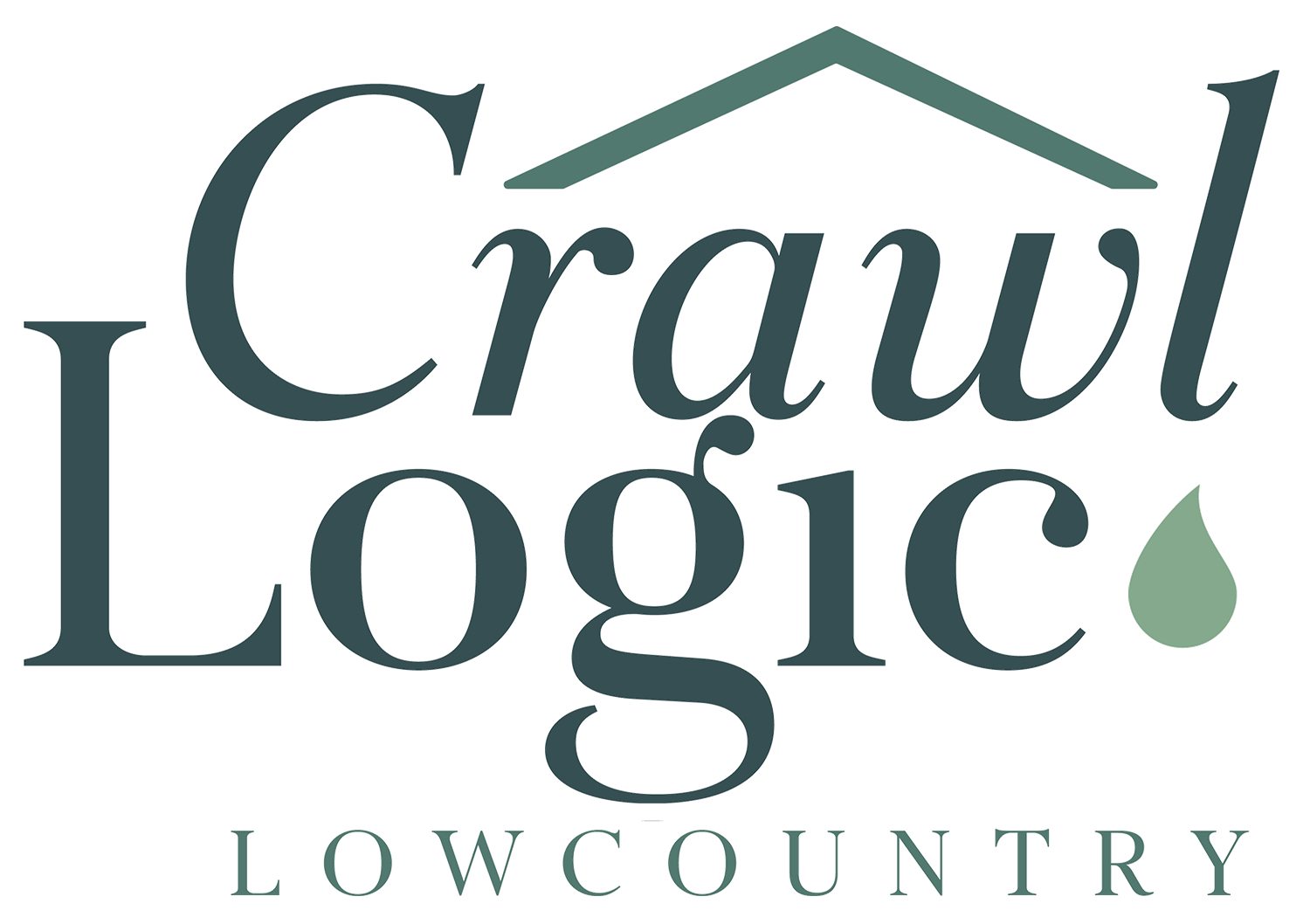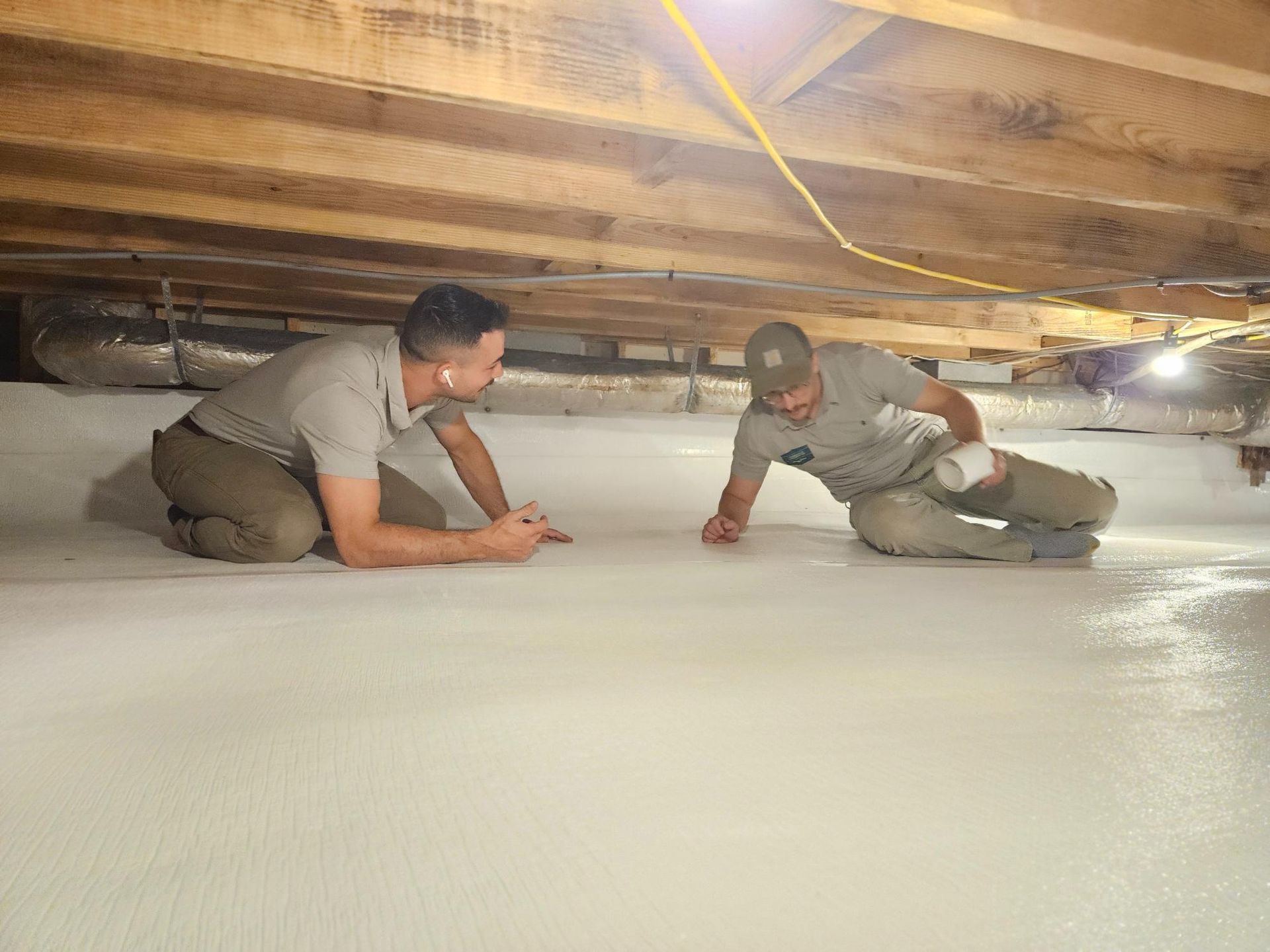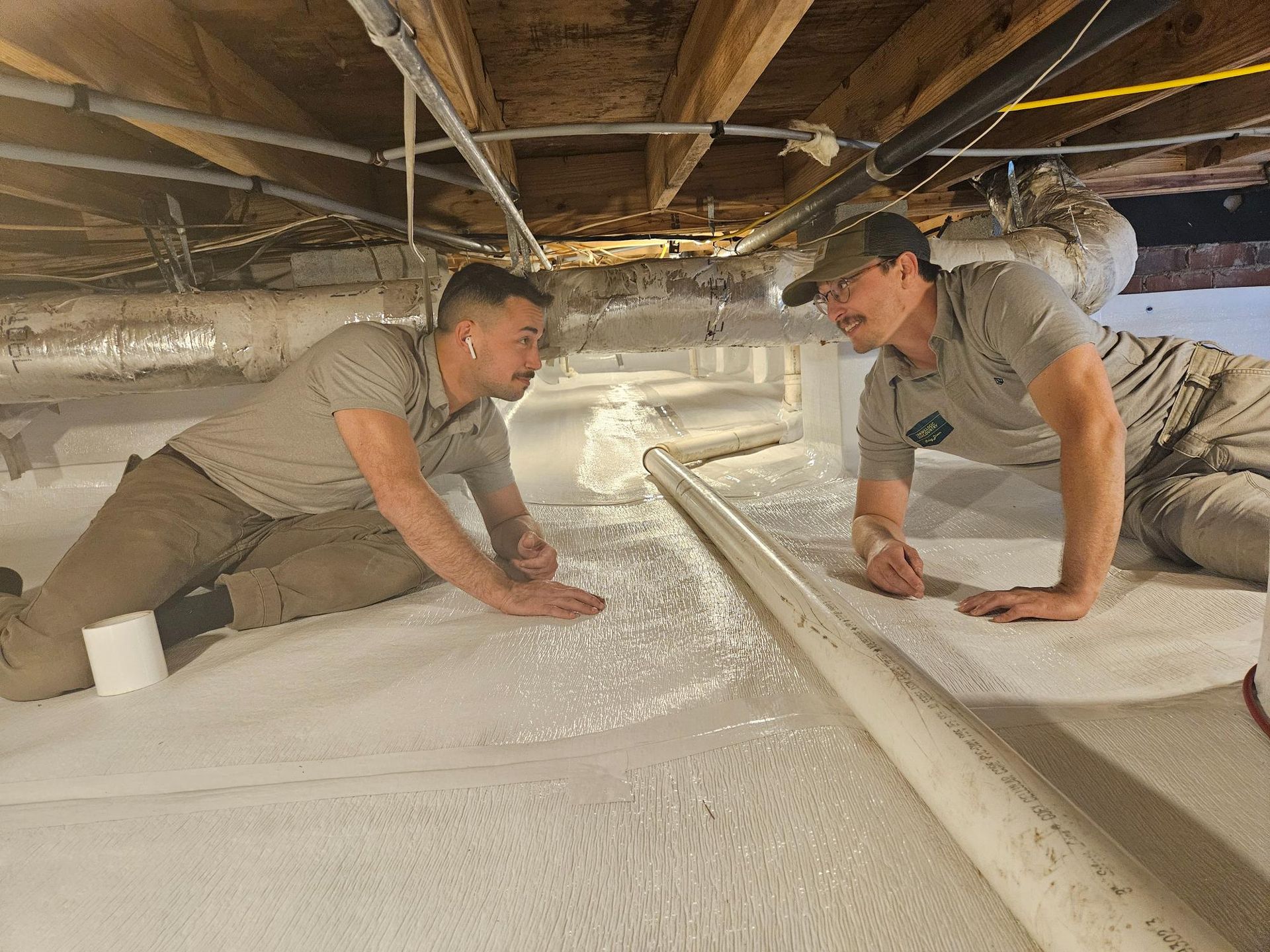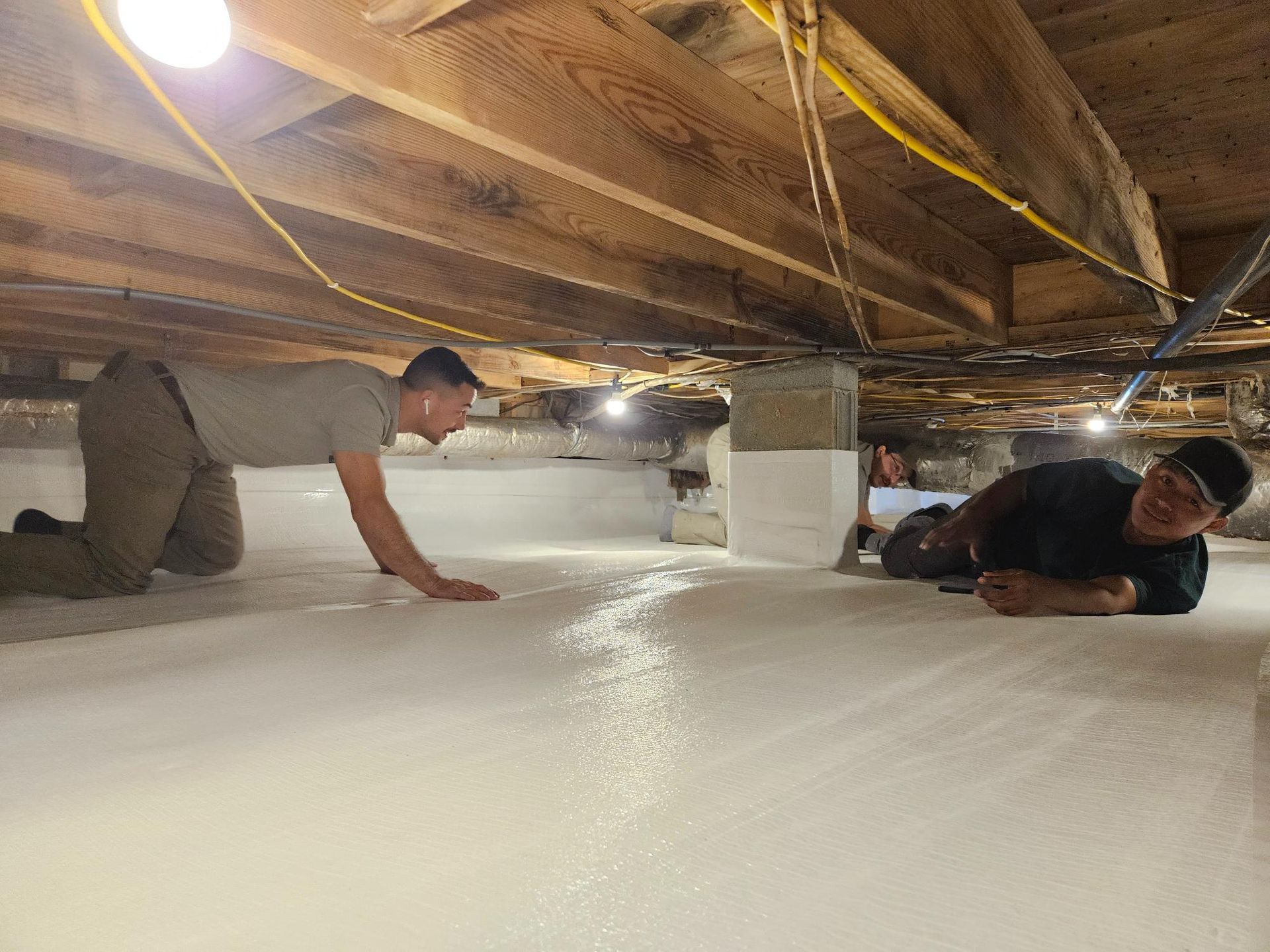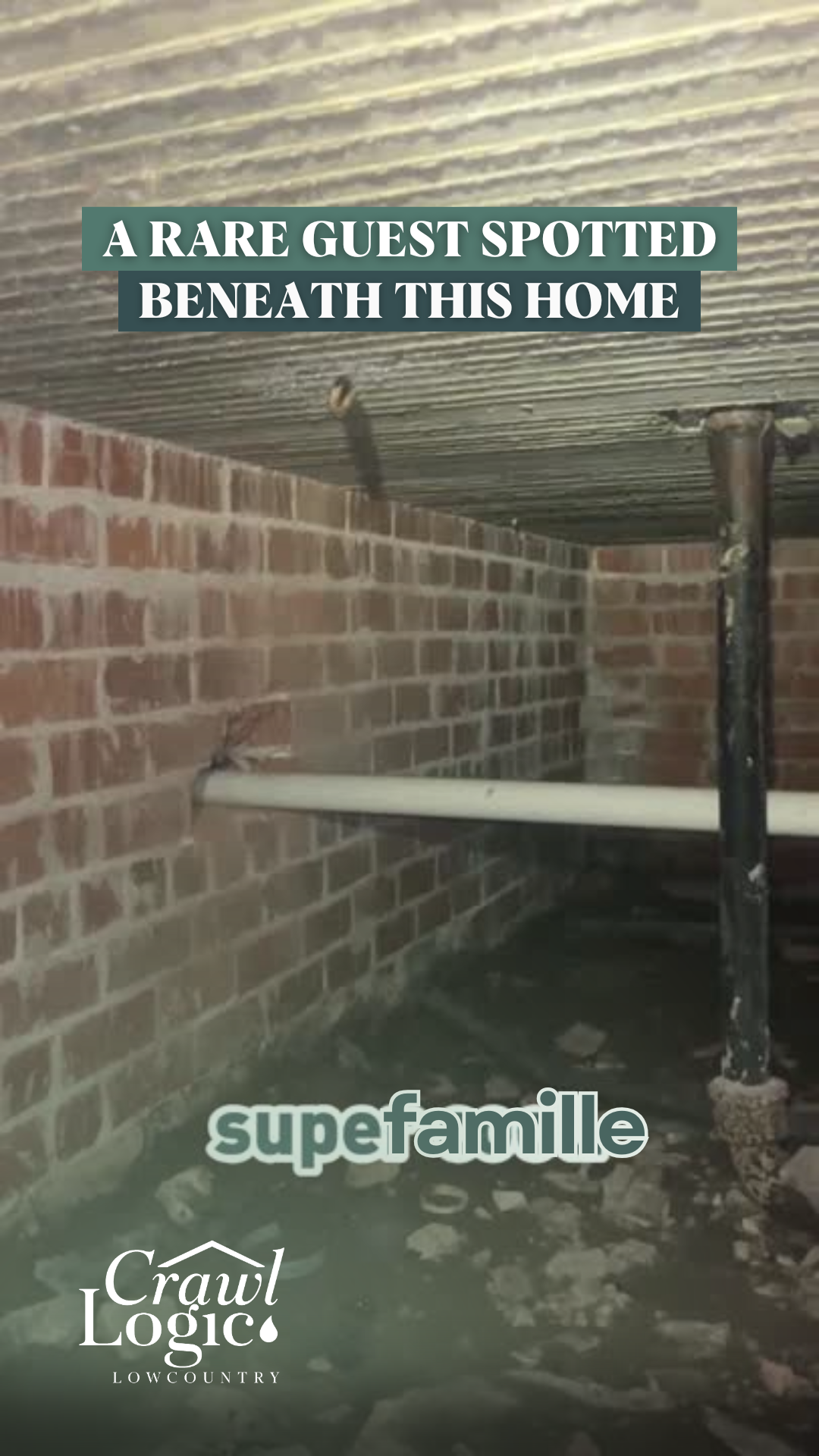2 Small Details That Make or Break Your Crawl Space Encapsulation
Crawl Logic Lowcountry
What Most Contractors Miss
WHY SMALL DETAILS MAKE OR BREAK CRAWLSPACE SYSTEMS
Want to know the real difference between a crawl space encapsulation that lasts 25 years and one that fails in 5?
It often comes down to just a few inches - and details that most contractors either miss or ignore.
I see it all the time in Lowcountry crawl spaces.
Our team gets called in to inspect work other companies have done, and we find the same oversight repeatedly.
They've installed the big components correctly, but missed small details that can make the whole system fail early.
In our Charleston climate, these details aren't just minor issues - they're the difference between protecting your home and wasting thousands of dollars.
Welcome to Crawl Logic Lowcountry!
Proper Ductwork Sealing
The first detail might seem obvious, but it's constantly overlooked: sealing around ductwork. When we inspect other companies' work, we often find gaps where ductwork enters the crawl space. These unsealed spots create a major problem.
Think about it - your dehumidifier is designed to manage moisture in a sealed space. When contractors leave gaps around ductwork, that dehumidifier is basically trying to dry out the outdoors. It's like running your air conditioner with windows open. Your equipment works harder, runs longer, and wears out faster.
The fix is straightforward: proper foam sealing around every duct entrance. It takes a few extra minutes to do right, but it can double or triple your dehumidifier's efficiency.
Raised Tape Seam Placement
Here's something most crawl space companies won't tell you about: tape seam height matters. A lot. Most contractors place their tape seams at ground level because it's faster and easier. But in the Lowcountry, where water flow is a constant challenge, that's asking for trouble.
At Crawl Logic, we raise our tape seams several inches above ground level. Why? Because when water flows into a crawl space - and it will, especially during our heavy rains - it shouldn't touch those seams. Water and tape don't mix. Once water hits a tape seam, it starts compromising the adhesion.
We take this protection even further. Every Crawl Logic encapsulation includes drain mat as a standard feature. This creates a space for water to flow underneath the vapor barrier without ever touching our tape seams. It's a small detail that adds years to your encapsulation's life.
Why These Details Get Missed
You might wonder why other contractors skip these crucial steps. Usually, it comes down to three things:
- Racing to finish jobs quickly
- Cutting corners to lower costs
- Not understanding how water moves in crawl spaces
The problem is, these shortcuts end up costing homeowners thousands in repairs and replacements. We've seen five-year-old encapsulations failing simply because these small details were ignored.
What Homeowners Should Know
Your crawl space encapsulation is too big an investment to risk with overlooked details. Here's what to watch for:
- A dehumidifier that runs constantly
- Rising energy bills
- Moisture problems that keep coming back
- Tape seams showing early wear
- Gaps around ductwork or utilities
Inspect It Right
The difference between a good crawl space encapsulation and a great one often comes down to these small but crucial details. At Crawl Logic, we've built our reputation in the Lowcountry by never cutting corners - even in spots most people never see. Every detail matters because your home's health depends on it.
Want to see how these details look in practice? Our team offers thorough crawl space inspections throughout Charleston, Mount Pleasant, and the surrounding Lowcountry area.
We'll show you exactly what to look for and explain how proper installation protects your home.


